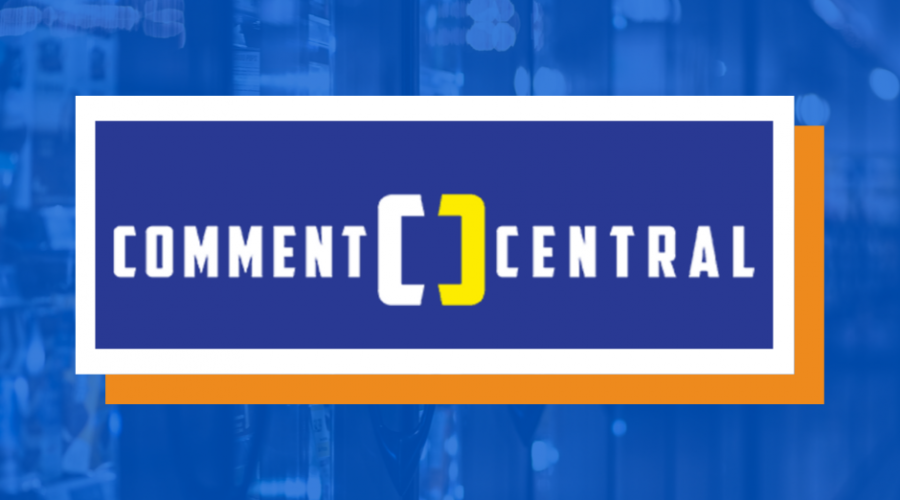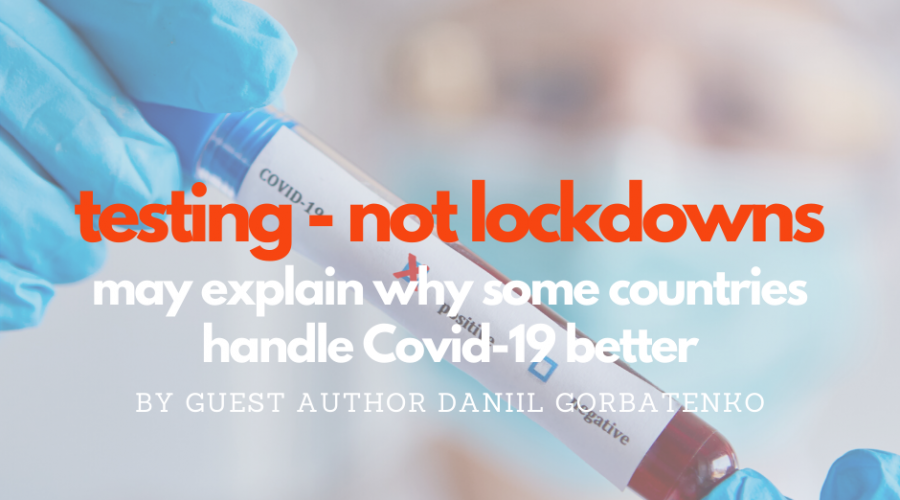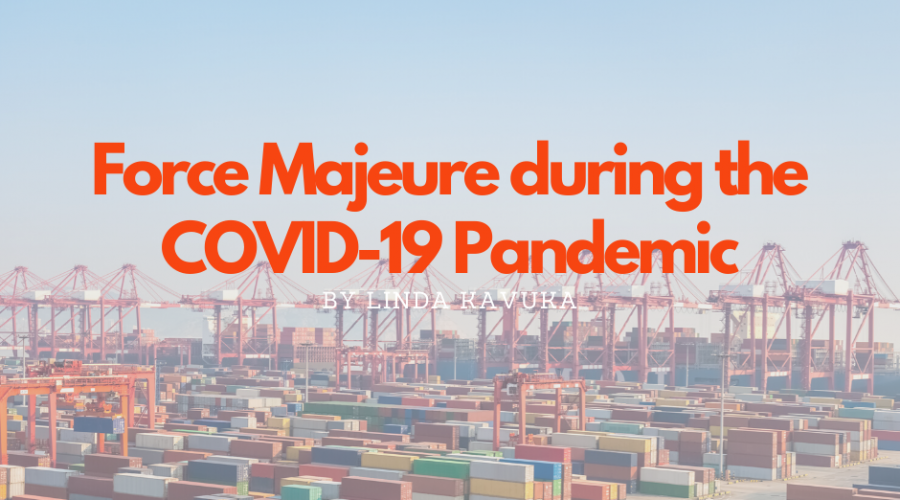La nueva herramienta contra la lucha de los virus, la edición genética: en qué consiste y por qué deberíamos estar entusiasmados con esta nueva tecnología?
Actualmente, la humanidad está atravesando un gran desafío impuesto por el Coronavirus. Las fronteras están siendo cerradas, las aerolíneas suspendiendo sus operaciones y algunos negocios cerrando sus puertas.
Simultáneamente, científicos, investigadores y profesionales de la salud se encuentran arduamente trabajando en nuevos tratamientos que permitan encontrar pronto una solución a la pandemia producida por el COVID-19.
Probablemente, lidiar con el coronavirus y sus consecuencias debe ser uno de los retos más grandes que el mundo contemporáneo ha enfrentado en las ultimas décadas. Sin embargo, no será el ultimo virus que debamos enfrentar.
Por tal motivo, se vuelve importante abrazar a las biociencias y permitir una mayor apertura a la aplicación de métodos de alteración de genes.
Para comprender mejor las ventajas que brinda la biociencia y cómo esta puede mejorar considerablemente nuestra calidad de vida, revisaremos las cuatro alternativas más comunes para alterar los genes de una planta o animal:
X- Men (Dr Charles Xavier) – Mutaciones naturales/espontáneas

Las mutaciones per se suceden de manera regular en la naturaleza. Fue justamente de esta manera que unos aminoácidos terminaron siendo seres humanos luego de unos miles millones de años. La evolución biológica puede suceder justamente gracias a este tipo de mutaciones. Las mutaciones naturales suceden de manera aleatoria o son causadas por factores exógenos como la radiación (p. ej. el sol). Para los amantes de los cómics entre nosotros, las mutaciones que tienen lugar en “X-men” son un ejemplo de mutaciones naturales, debido a que (en muchos casos) ocurren de manera espontánea.
Hulk – Mutaciones por exposición (mutágenos)

Una de las formas más comunes de manipular semillas es a través de la exposición a la radiación y esperar a mutaciones positivas (p. ej. una resistencia mayor a plagas). Este método es muy común desde 1950 y es un método bastante preciso en la búsqueda de obtener plantaciones más resistentes o agradables para el consumo. Sin embargo, requiere de miles de intentos para obtener un resultado deseable. Este método es ampliamente utilizado y legal en gran parte de los países. En nuestro universo de cómics, Hulk seria un buen ejemplo de este tipo de mutaciones causadas por la radiación.
Spiderman- Organismos genéticamente modificados (transgénicos OGM)

El método utilizado para la creación de organismos genéticamente modificados (OGM) suele ser temido por muchos. El procedimiento se basa en insertar los genes de una especie en otra especie. En la mayor parte de los casos, las plantaciones de transgénicos OGM han sido inyectadas con la proteína de otra planta o bacteria que permite a la plantación o cosecha desarrollarse de manera más acelerada o resistente hacia ciertas plagas.
Otros ejemplos pueden palparse en el cruce del salmón con la tilapia que permite al salmón crecer de manera mucho más acelerada. Un ejemplo a nivel de los cómics para este caso es Spider-man, mejor conocido como el “hombre araña”. Luego de ser mordido por una araña, puede escalar rascacielos y desarrollar una agilidad sobrehumana gracias a su potenciado ADN aracno-humano (transgénico).
GATTACA / La Ira de Khan- Edición genética (las tijeras de la biociencia)

Super villanos libre de gluten: La edición genética no se trata de super humanos, sino de mantenernos y darnos una vida saludable
Este método puede llevarse a cabo en personas adultas que se encuentra vivas, lo cual significa una gran oportunidad sobre todo para aquellos que sufren trastornos genéticos. La edición genética permite “reparar” los genes en organismos vivos. Este método también es miles de veces más preciso que el método de bombardear con radiación. Algunos ejemplos son la desactivación del gen responsable de generar el gluten en el trigo: el resultado es trigo sin gluten para celiacos.
Existen varios métodos utilizados en la edición genética. Uno de los más populares estos días es aquel llamado CRISPR Cas-9. Estas “tijeras” son usualmente bacterias reprogramadas para transmitir un nuevo gen o desactivar genes no deseados.
Muchas novelas de ciencia ficción y películas nos muestran un futuro en el cual podemos desactivar defectos genéticos y curar a las personas de enfermedades catastróficas. Algunos ejemplos de historias de este tipo donde métodos similares al CRISPR han sido utilizados son GATTACA-La Ira de Khan, Start Trek o la serie Expanse donde la edición genética juega un rol crucial en desarrollar plantaciones para ser cultivados en el espacio.
Qué relación tiene todo esto con el Coronavirus?
Biólogos sintéticos han comenzado a utilizar CRISPR para recrear de manera artificial partes del coronavirus en un intento de producir una vacuna en contra de esta afección del sistema respiratorio para desarrollarla de manera masiva y rápida.
Gracias a la combinación de simulaciones computarizadas con inteligencia artificial, este proceso acelera la producción de una vacuna de años a cuestión de meses. De igual forma, en tiempos de crisis las instituciones encargadas de aprobar nuevas pruebas y procedimientos para este tipo de tecnología como la DEA en los EEUU han demostrado estar a la altura de las circunstancias.
El CRISPR permite también identificar genes específicos en un virus. Esto ha permitido a los investigadores construir de manera rápida y sencilla tests para ser utilizados en los pacientes con coronavirus.
En el largo plazo, la edición de genes nos permitiría ampliar la inmunidad que poseemos los seres humanos para alterar nuestros genes y convertirnos más resistentes a los virus y las bacterias.
Esta no será la última crisis
Mientras el coronavirus pone a prueba nuestra sociedad contemporánea, también necesitamos ser conscientes de que este no será el último patógeno que tendrá el potencial de matar millones de personas. Si no contamos con mucha suerte, el COVID-19 podría tener alguna mutación que lo haga mucho más difícil de combatir.
El próximo virus, hongo o bacteria letal podría estar a la vuelta de la esquina. Por este motivo, debemos adaptarnos y aceptar las nuevas innovaciones en biotecnología y evitar bloquear las investigaciones genéticas que están teniendo lugar y la aplicación de sus resultados.
En estos momentos, varias prohibiciones se encuentran en vigencia bloqueando la posibilidad de utilizar innovaciones como la del CRISPR en pacientes alrededor del mundo. Debemos repensar aquella hostilidad que existe hacia la ingeniería genética y aceptarla por lo que es, una alternativa prometedora para nuestra supervivencia. Para ser franco, siempre nos encontramos en aquella disyuntiva entre nuevas enfermedades que aparecen y la necesidad de implementar herramientas innovadoras como el CRISPR que podrían salvar millones de vidas.
Originally published here.
The Consumer Choice Center is the consumer advocacy group supporting lifestyle freedom, innovation, privacy, science, and consumer choice. The main policy areas we focus on are digital, mobility, lifestyle & consumer goods, and health & science.
The CCC represents consumers in over 100 countries across the globe. We closely monitor regulatory trends in Ottawa, Washington, Brussels, Geneva and other hotspots of regulation and inform and activate consumers to fight for #ConsumerChoice. Learn more at consumerchoicecenter.org











